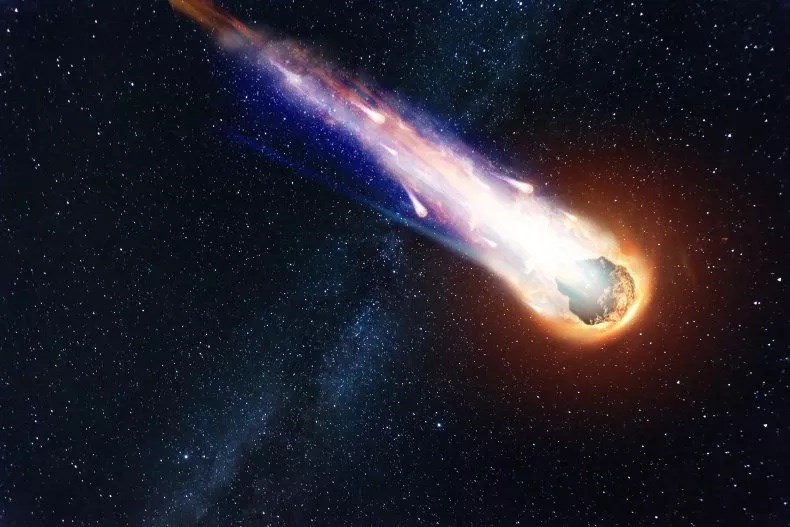Where ancient humans once found dread and a celestial signal of divine anger, a class of University of Calgary astronomy students is more likely to discover methane and ammonia.
That’s the difference between the Earth now and when the comet called C/2022 E3 (ZTF) last visited some 50,000 years ago, just as humans were dabbling in cave art and developing the bow and arrow, while competing for resources with their now-extinct cousins, the Neanderthals.
No one knows what Upper Paleolithic people thought about this particular comet the last time it visited this part of the solar system and left a green smear in the night sky, but recorded human history shows comets were typically seen as a portent of doom and a message from gods who were deeply unhappy.
Just the opposite of Dr. Phil Langill, in other words.
The director of UCalgary’s Rothney Astrophysical Observatory couldn’t be more pleased about the celestial flyby and the chance it offers to his students in learning all they can about a comet that should be visible with binoculars and perhaps even the naked eye.
“To be able to see a comet with our own eyes is still very rare, and I do get excited,” says Langill, associate professor of physics and astronomy in the Faculty of Science.
“The goal of my course is to learn how astronomers figure things out with telescopes and other equipment, and so I’ll be getting my students to answer key questions — what is it made of, how big is it and how far away it is.”
First spotted in March 2022 while it was inside the orbit of Jupiter, comet E3 (ZTF) was previously unknown — at least to modern humans, because our stone-age ancestors didn’t keep records.
On Jan. 12, E3 (ZTF) made its closest pass of the sun, a sizzling encounter that makes comets visible to earthlings. The sun heats up what astronomers describe as a giant “dirty snowball” and that, in turn, triggers a vast tail of dust and gas that can stretch millions of kilometres behind the glowing core.
Now on its way back out to the outer edges of the solar system, the green comet will make its closest pass to Earth on Feb. 2, and Langill says, with clear skies and no light pollution, it should be easily seen by anyone willing to make a short drive outside the city.
More than just an awesome sight to thrill astronomy students and terrify ancient cultures, it’s believed comets carried water and possibly organic compounds, the building blocks of life, to early Earth from the outer solar system.
Langill says there was a time not long ago when comet discoveries were incredibly rare — or, at least, rare to the people trying to find and study them.
“When I was a student at the University of Calgary, a new comet was big news,” says Langill.
“You hardly heard about comets because they were so difficult to observe, and they might find a faint and distant one every ten years or so.”
How things have changed. With modern equipment and dedicated research, these days new comets and asteroids are found at rates as high as 20 to 30 a week, and NASA’s tally of known comets currently sits at 3,743.
But a comet passing close enough to Earth to be seen by our own eyes? Langill says the rarity of such an event is still a cosmic thrill.
“It is very cool,” says Langill.



